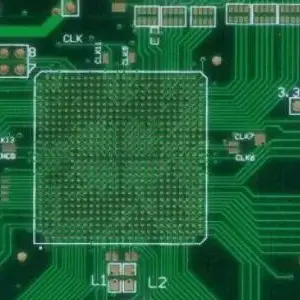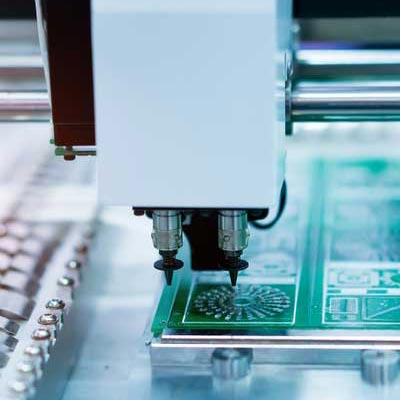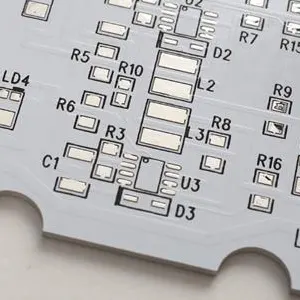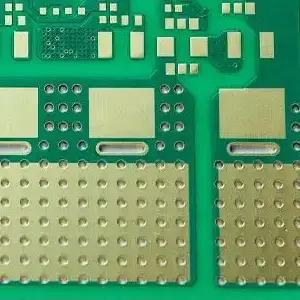Introduction to the Main Printed Circuit Board (PCB) In Computer
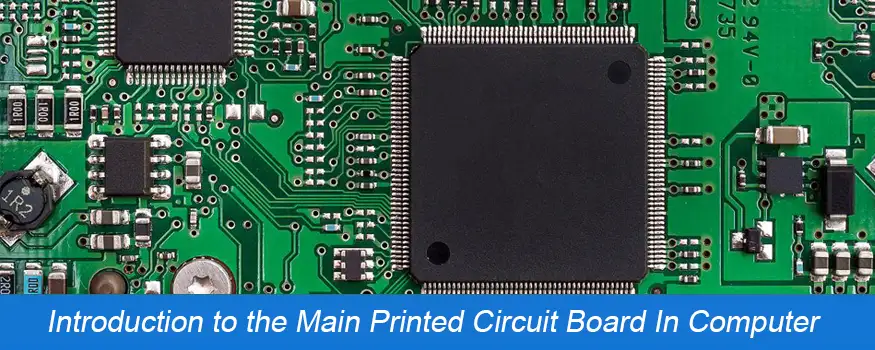
The application of electronic printed circuit boards and computer PCBs, and the materials used to manufacture them, have changed dramatically over the years. PCBs are used in computers and other electronic devices and are made of an electrically non-conductive material, usually fiberglass.
Read on to learn more about printed circuit boards in computers.
What’s a PCB?
The printed circuit board is the most common name but may also be called “printed wiring boards” or “printed wiring cards”. As electronics moved from vacuum tubes and relays to silicon and integrated circuits, the size and cost of electronic components began to decrease. Electronics became more prevalent in consumer goods, and the pressure to reduce the size and manufacturing costs of electronic products drove manufacturers to look for better solutions. Thus was born the PCB.
What Is the Difference between Motherboard and PCB?
A PCB is a bare Printed circuit board before components are mounted onto it. It usually has conductive layers alternating with substrate layers, and traces that help to transmit electronic signals across the board. A motherboard, on the other hand, is the main Printed circuit board in an electronic device that has components already mounted on it. In devices like computers, the motherboard usually has smaller boards plugged onto it. These smaller boards are called daughter boards. A motherboard, therefore, is the main printed circuit board with components on it. It is a PCB that has been assembled and is now fully functional.
Applications and Types of PCBs for Computer and Consumer Electronics Industry
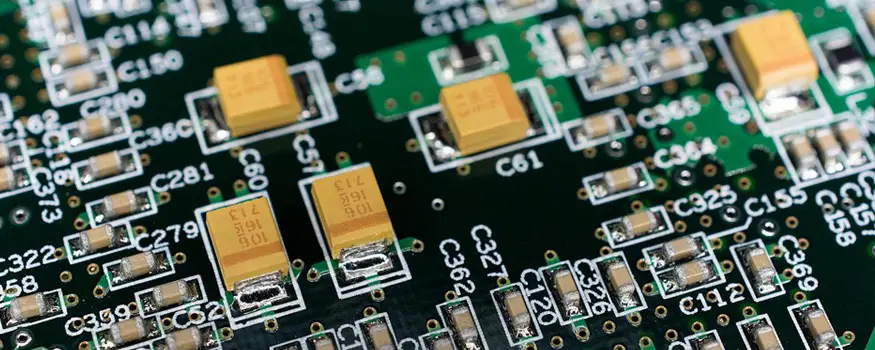
You won’t find electronics PCBs today only in computers – although laptops, smartphones, desktops and tablets certainly can’t function without quality printed circuit boards, and printed circuit boards for computers make up a large part of the industry. Instead, you’ll find machines containing printed circuit boards almost everywhere you look.
There are also many devices in your office premises that you find PCBs inside. Like printers, scanners, fax machines, smoke and fire alarm system, attendance machine, thumb impression machine, facial recognition machine, walkthrough scanning doors, metal detectors, personal computers, etc.
Another major and broad domain in the field of electronics is the computer industry. In fact, the basis of electronic PCBs was started from computer invention. So there are countless applications of PCB in the computer industry. The motherboard, Graphics Processing Unit (GPU), Central Processing Unit (CPU), RAM, ROM, SD-Cards, SDRAM, DDR1,2,3,4, EEPROM, microcontroller boards, keyboard, computer mouse, gaming mouse, LED screen, laptops, tablets, notebook, etc.
Modern electronics and computer applications often require PCBs with higher thermal conductivity so they can dissipate the high heat that comes from fast computer processors or high-intensity LEDs. The type of printed circuit board you will need for your application will vary widely since the size, shape and function of consumer electronics, as each business machine and computer is different from the next. For instance, the type of PCB you will need to power a smartwatch is very different from that you’ll find in a television.
Introduction of Computer Circuit Boards
The purpose of a printed circuit board is to hold an electronic circuit together. When all the different components are attached to it, it is called a printed computer circuit board assembly, or PCBA. A PCB with multiple layers can contain as many as ten stacked PCBs. This allows for the formation of a three-dimensional electronic circuit.
Components of A Circuit Board
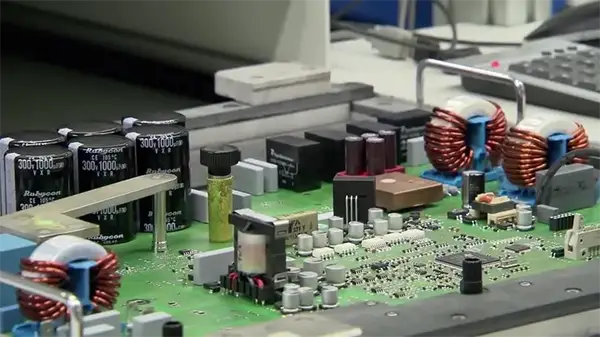
Components soldered onto the PCB are essential for conducting electricity on the boards. Some of the components included on a computer printed circuit board includes:
● Transistors are the most important part of an electronic circuit and can be described as tiny switches that are triggered by electric signals. They are the basic building blocks of microchips. Working alongside these are more passive elements like resistors and capacitors.
● Resistors apply a specific amount of resistance to the current. They transmit the electric current to produce voltage.
● Capacitor stores electric charge in the board and releases it when power is needed.
● Inductors store energy as a magnetic field and block interference signals in the board. Small circuits, commonly labeled “micro-electric,” don’t use inductors very often.
● Diodes control the flow of electricity making it only flow in one direction to avoid causing damage.
The most advanced designers of computer PCB use computer-aided design programs or CAD. These are the most realistic way to design circuit boards because of the complexity of digital computers- as they use millions of transistors.
One of the best ways to understand the products we create for your every need is to study the basic components. The world of circuits and circuit boards is vast and there is always something new to learn. Whether it’s an advancement or yet another element of your printed computer circuit board project.
Contact Unitepcb Today for Your Electronics and Computer PCBs
We support all types of PCBs, from ceramic PCBs to rigid-flex PCBs to aluminum PCBs and more, and we can manufacture just the right type of printed circuit board for you and your industry.
Whether you’re supplying a busy office, selling consumer electronics or have a different application for your printed circuit boards, we can help. For computer printed circuit board quotation, contact us now.

